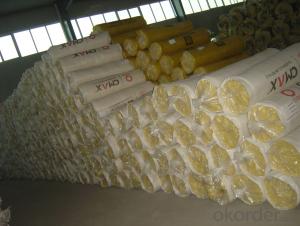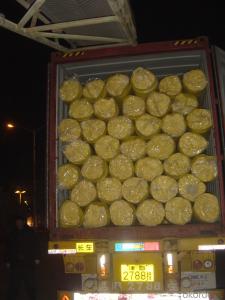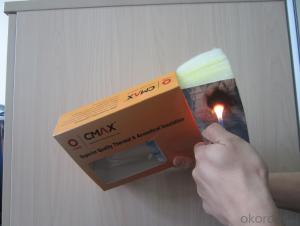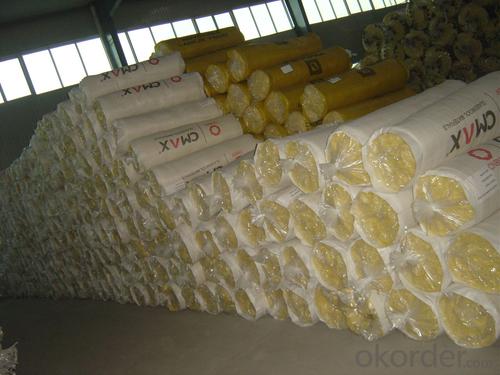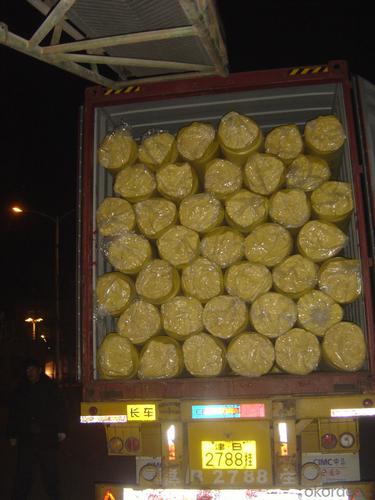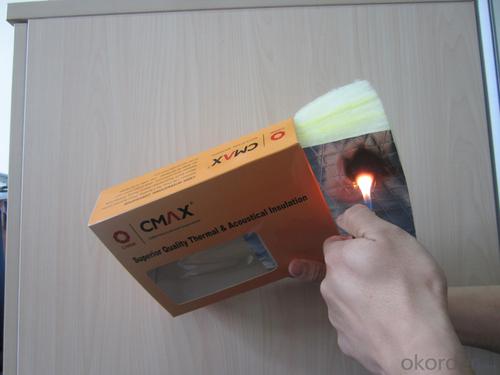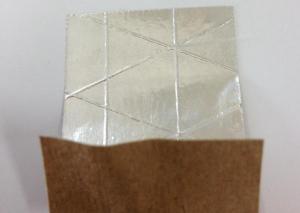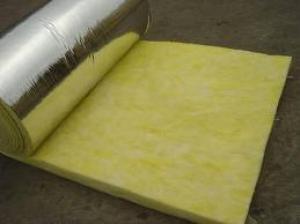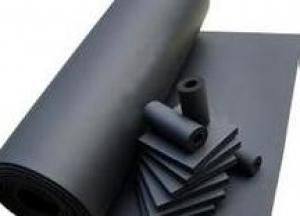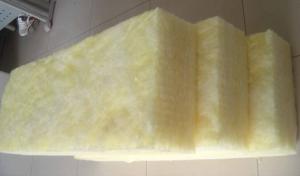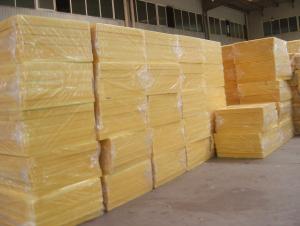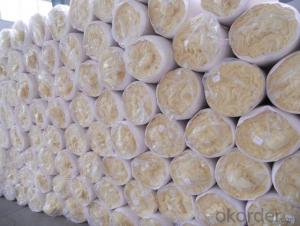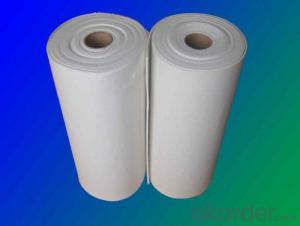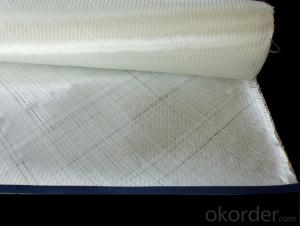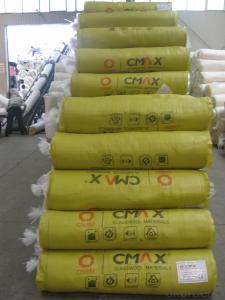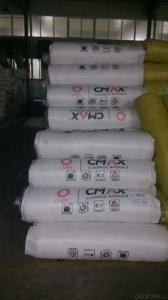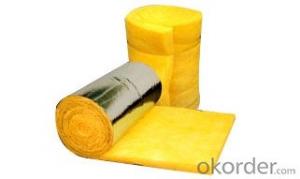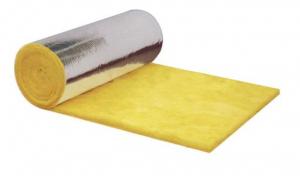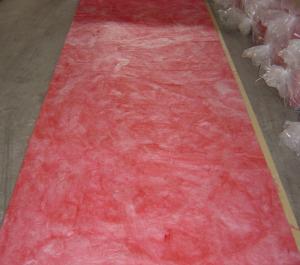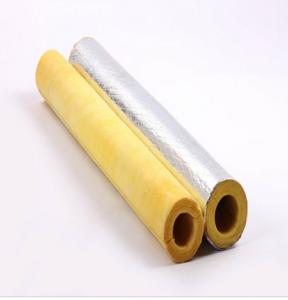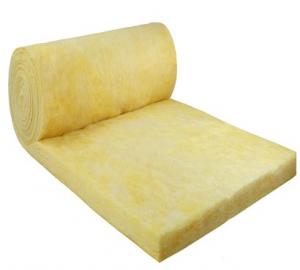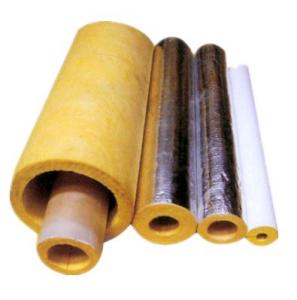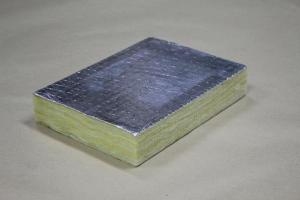Glass Wool Faced Heat Insulation Blanket
- Loading Port:
- China Main Port
- Payment Terms:
- TT OR LC
- Min Order Qty:
- -
- Supply Capability:
- -
OKorder Service Pledge
OKorder Financial Service
You Might Also Like
Production Description
Glass wool blanket is in flexible form for ease of installation over large areas. Both products are available to order with a wide range of density and thickness, and with various types of facing applied.
Standard Size
Item | Unit | Index |
Density | Kg/m3 | 10 - 48 |
Thickness | mm | 25-150 |
Width | mm | 1200 |
Length | mm | 5000-30000 |
Remark:
Other sizes available upon request Facing materials can be applied upon request
Technical Data
Item | Unit | Index |
Average Fiber Diameter | μm | 5-7 |
Water Content | % | ≤1 |
Grade of Combustibility |
| Non-Combustible Grade A |
Thermal Conductivity ( 25℃) | W/mK | 0.038- 0.045 |
Reshrinking Temp | ℃ | ≥250 |
Hydrophobic | % | ≥98 |
Moisture Rate | % | ≤5 |
Noise Resistant Coefficient (NRC) |
| 0.75 |
Slag Inclusion Content | % | ≤0.3 |
Application
Glass Wool are widely used in public, commercial and residential buildings as well as industrial plants, for applications such as roofing, external wall, partition wall and floating floor to provide fire protection, thermal insulation, acoustic control and condensation control.
- Q: Is hyperfine glass fiber cotton different from the centrifugal glass wool?
- Fine glass fiber cotton is an excellent inorganic non-metallic materials and it has a wide range of varieties. The advantages of it are good insulation, heat resistance, corrosion resistance, high mechanical strength, but the drawback is brittleness and wear resistance.It is made of glass ball or abandoned glass and goes though process of high temperature melting, drawing, winding and weaving. The diameter of the monofilaments is from several microns to twenty microns, equivalent to 1 / 20-1 / 5 of a human hair and each bundle of fiber strands is composed of hundreds or even thousands of monofilament.Glass fibers are commonly used as reinforcing materials, electrical insulating materials, insulation materials and circuit boards in the field of composite materials.Centrifugal glass wool is a silk material which is made by blowing the molten glass by centrifugal blowing processes and spraying thermoset resin. After thermal curing and deep processing, the silk material can be into products with a variety of usages.Centrifugal glass wool is a typical porous sound-absorbing material with fluffy fiber staggering inside and a lot of tiny pores existing.
- Q: Are fireproof glass wool and centrifugal glass wool the same?
- Both of them are glass wool and belong to glass wool material. Let the form aside, I will first specify the types of centrifugal glass wool, which is producd from the injection method. There are mainly three types of products involved,that is, high-temperature glass wool, hydrophobic glass wool and ordinary glass wool. The centrifugal glass wool you said is only a general name.
- Q: What are the uses of glass wool thermal insulation materials?
- Thermal insulation construction materials
- Q: What kind of glass wool products
- Divided by overlay (1) no overcoat products (2) an overcoat product having a reflective surface (3) an overcoat product having a non-reflective surface
- Q: How can I fix the glass cotton insulation board to the wall?
- The method to fix the thermal insulation partitions to the wall: 1: metal components are buried in the wall, set separators (movable method), or side drilling in thick plates and embed them in wall(movable method, IKEA separators use the same method), or carpenter fixes and decorates in accordance with components(they can not be removed once fixed). They are strong and stable. This method is suitable for new masonry walls. 2: Drill wall and insert rebar to the wall, set separators (movable method), or side drilling in thick plates and embed them in wall(movable method, IKEA separators use the same method), or carpenter fixes and decorates in accordance with components(they can not be removed once fixed). This method is suitable for most of wall with separators on it. 3: Use expaned anchor bolts on the wall to fix slotted-angle shelvings, set separators (movable method), or carpenter fixes and decorates in accordance with components(they can not be removed once fixed). The disadvantage of this method is that slotted-angle shelvings are ugly, but books and other objects can be put there to cover the diagonal bracings. The advantage of it is good bearing capacity, is suitable for heavy items and decorations. 4: Buy finished products of iron bracket or special mounting bracket, cantilever bracket(commonly used in stores), drill walls and use plastic bolts or fix with wooden chocks and screws. Glass partitions can be used, the cost is slightly higher, beautiful, carrying capacity is not too high, strong variability (upper and lower adjustable baffle spacing). Glass partitions can be used, though they are a little bit expensive, and have relatively lower bearing capacity, they are beautiful and have strong variability(the interval between the upper and lower partitions can be changed).
- Q: what is the specification of glass wool air duct?
- Glass wool air duct's size (450 * 500 pix) glass wool board is packaged with external aluminum foil surface, and polymer coating on the inner surface;second, inner surface is coining aluminum foil fabrics, which is corrosion and rust resistance, the first paper base aluminium foil air duct has poor protective strength, unstable quality, high humidity, external surface is easy for deliquescing, fiber structure, glass fiber will fall down, inner coated with antibacterial layer, which is easy for invaliding, and it's easy for breeding bacteria and is harmful to human's body.
- Q: Specifications and models of glass wool
- Models of glass wool: 32kg / 50mm, 48kg / 50mm, 80kg / 50mm, 96kg / 25mm, 80kg / 25mm
- Q: What is the uses of aluminum foil glass wool felt?
- Roll glass wool felt is coiled materials for large area coverage. It is not only thermal-insulating, but also can reduce shock and absorb sound,especially the medium and low frequency noise. It can help reduce the noise and improve the working environment. This material can be tailored based on the actual needs, mainly used for architectural indoor, muffler systems, transportation, refrigeration equipment, damping, sound absorption, noise reduction for the household appliances. Glass wool felt overlaid with aluminum foil has strong thermal radiation resistance. It is good lining material for high temperature workshops, control room, inner walls of machine room,compartment and flat top.
- Q: What are the hardnesses of rock wool and glass wool respectively? Are there any requirements on saw blade?
- Almost the same. It should be used universally.
- Q: What are the standards of glass wool board?
- The national standard of rock wool board for exterior wall in construction is GB / T25975-2010, rock wool board for curtain walls in construction is GB / T25975-2005, and industrial rock wool board is GB / T11835-2007. The above-mentioned criteria are the standards of using rock wool products in various industries! Rock wool board is specifically designed and produced for exterior thermal insulation thin plastering system. It can be applied to the cosntruction of concrete or brick based buildings or thermal insulation or energy-saving of the exterior walls of he existing buildings; Wherein rock wool belt for thermal insulation of exterior walls can also serves as fire buffer zone and it can be used with thermal insulation material whose combustion performance is below A level to improve the fireproof function of the exterior walls of the building.
Send your message to us
Glass Wool Faced Heat Insulation Blanket
- Loading Port:
- China Main Port
- Payment Terms:
- TT OR LC
- Min Order Qty:
- -
- Supply Capability:
- -
OKorder Service Pledge
OKorder Financial Service
Similar products
Hot products
Hot Searches
Related keywords
